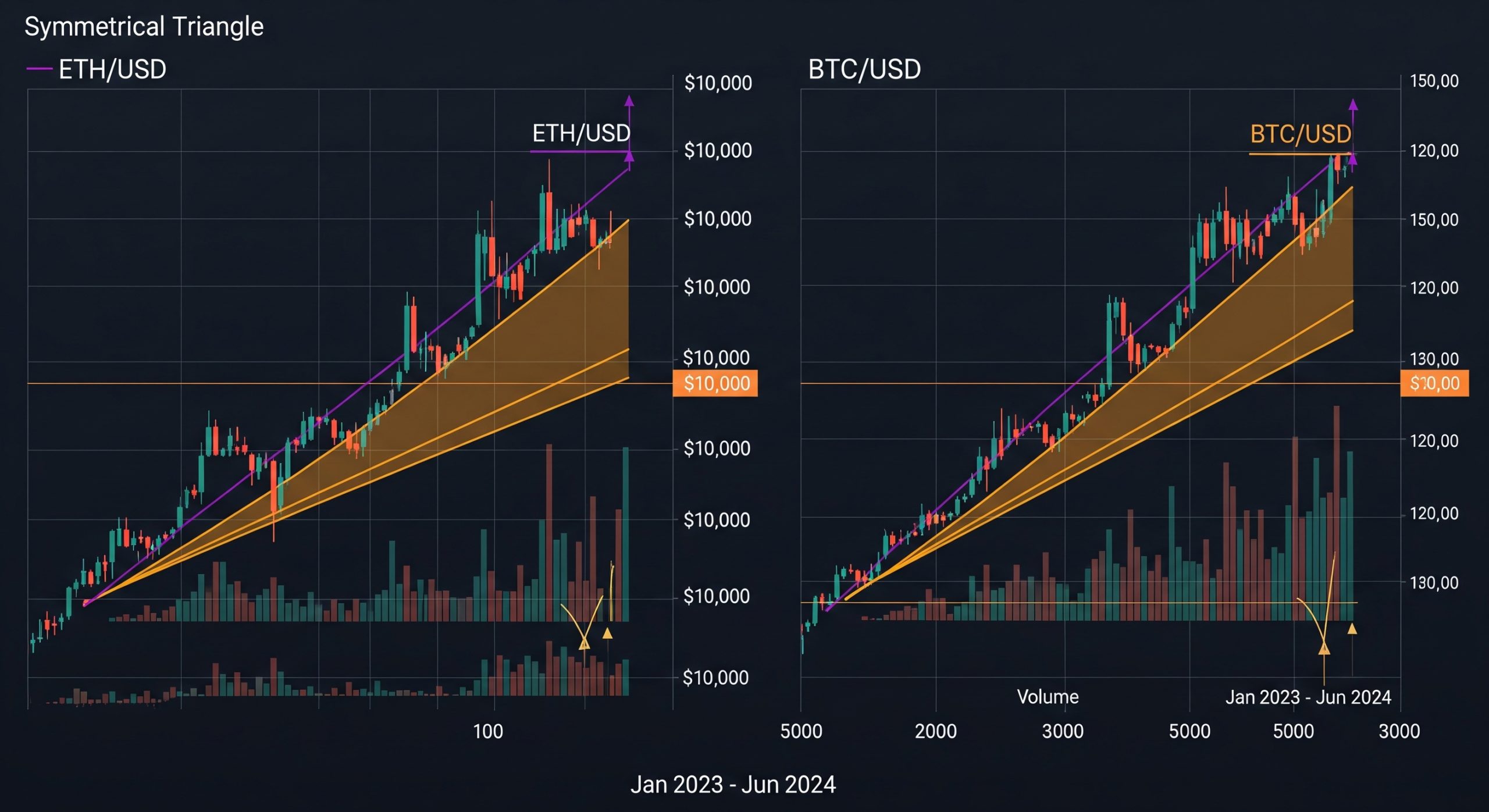The cryptocurrency market has once again found itself in retreat, underscoring the fragility of investor sentiment in an increasingly complex global landscape. According to data aggregated from CryptoRank and CryptoNews, the overall market capitalization of the digital asset sector slid approximately 2.3%, settling at around $3.38 trillion. Accompanying the decline, trading volume fell to $101 billion, marking a notable contraction in activity that hints at mounting caution among participants.
Uncertainty Grips Investors
This week’s dip isn’t merely a reflection of typical volatility. It’s the product of a perfect storm of macroeconomic headwinds and geopolitical tensions, with market watchers pointing to the Middle East’s escalating conflict zones and persistent recessionary fears in the West.
Central banks around the world are still grappling with interest rate dynamics, and inflation—while tamed in some regions—continues to challenge monetary policy norms. In such an environment, risk-on assets like cryptocurrencies often become collateral damage.
Choppy Trading Dominates the Top 100
Zooming in, most of the top 100 digital assets exhibited sideways or downward movement, with few bucking the trend. Flagship tokens like Bitcoin (BTC) and Ethereum (ETH) led the declines, with smaller-cap coins showing even greater sensitivity to the downturn. Altcoins that previously outperformed in bullish cycles are now revealing their vulnerability, as liquidity dries up and speculative appetite wanes.
Some analysts observed that this pattern of retreat and low volume suggests that investors are waiting on the sidelines, anticipating stronger market signals—either from central bank meetings, diplomatic breakthroughs, or tech-driven adoption narratives.
Volume Decline: A Signal of Hesitation
A drop in trading volume is more than just a number. It’s a barometer of conviction, or lack thereof. When volumes fall in tandem with price declines, it signals a cautious retreat rather than a panic sell-off. It reflects investors choosing to hold stablecoins, park funds in treasuries, or even exit markets altogether until greater clarity emerges.
Moreover, institutional investors appear to be recalibrating. Hedge funds and asset managers that dipped into digital assets in search of diversification are now adopting a more hands-off approach amid regulatory ambiguity and global instability.
What Comes Next?
For now, crypto markets appear to be in a holding pattern—poised between the allure of long-term innovation (blockchain, tokenization, decentralized finance) and the near-term threats of volatility and uncertainty.
If peace negotiations in geopolitical hotspots like the Middle East progress or if inflation indicators soften further, we could see a renewed wave of investor confidence. Until then, market participants may continue treading cautiously, looking for solid ground before making their next big move.




